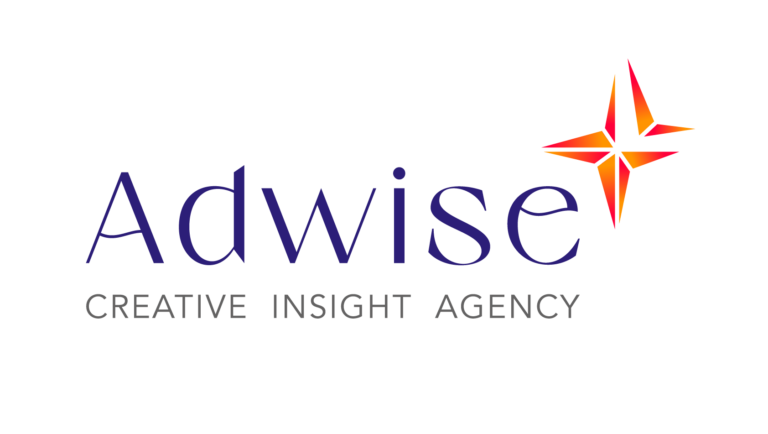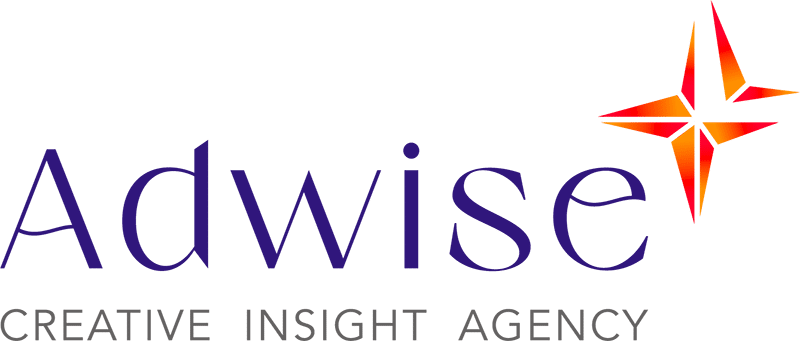
Interview with Florence Hussenot (Founder and CEO of Adwise).
Courtesy of MRNews
For Florence Hussenot (Adwise), wanting to be 10 years ahead is an eminently desirable ambition on the part of companies, given the scale of the changes they have to assimilate. And there's nothing unrealistic about it, as long as you take a truly forward-looking look at a wide range of issues, including those which at first glance appear to be of an ordinary or short-term nature. Here she talks about her convictions and the way in which her organisation addresses this issue.
- MRNews: Is it realistic for a company today to be 10 years ahead of its competitors?
Florence Hussenot (Adwise) : Even if it is extremely demanding, I think it is entirely desirable for companies to have this ambition. I think it would be a mistake to see this as unrealistic on the grounds that our societies are in crisis. In reality, our world is in a state of flux rather than crisis, with irreversible changes both in the climate and in consumer behaviour. But we must first define what it means to be "ten years ahead"...
To see this ambition (to be ten years ahead) as unrealistic on the grounds that our societies are in crisis would, in my view, be a mistake. In reality, our world is in a state of flux rather than crisis, with irreversible changes both in the climate and in consumer behaviour.
- How would you define it? In our vision, this means giving the company the ability to anticipate, by basing its thinking on an exhaustive understanding of its customer environment. First you have to know where you stand, and then you have to plan ahead. Defined in this way, ambition seems to me to be both desirable and realistic. Not to do so would be to take a risky approach. It's desirable because we don't want to end up on the receiving end. And realistic because it is possible to decode the dynamics of change at work, and identify personalised scenarios.
In our vision, (getting ahead) consists of giving the company the ability to anticipate, by basing its thinking on an exhaustive understanding of its customer environment. First you need to know where you stand, and then you need to plan ahead.
Basically, it's a question of bouncing back from today's problems by integrating the methods of foresight to gain the necessary perspective. How can we reinvent ourselves in the face of inflation-hit consumers? What alternatives to meat can we offer Gen Z when it comes to food choices? These are just a few examples of the kinds of rebound issues that will enable a company to think about what it wants to be and be able to offer in ten years' time.
- Do your customers really have this ambition? It is not always the case. Sometimes there is resistance or inertia. Some organisations are clearly sandwiched between an awareness of the changes underway and a short-term focus on rapid results. I would add that, under the guise of agility, studies struggle to deliver the visions that these organisations need. But, to come back to this point, I'm convinced that even in the face of short-term problems, it's possible to integrate a forward-looking component that can help us to see things from a broader perspective. Many innovations fall by the wayside precisely because they are insufficiently innovative. They are not framed in a solid forward-looking territory, and are sometimes based more on fashions than on medium- to long-term sociological trends. This is the kind of thinking that needs to be done, ideally upstream to guide innovation, or else after the event to refine tactical recommendations.
I'm convinced that, even in the face of short-term problems, it's possible to include a forward-looking component that can help us take a step back.
- What strategic choices do you see as the best way to achieve this substantial lead? At Adwise, we believe that disruptive innovation most often starts with a social innovation. AirBnB is a case in point. When this company launched its offering, it was clearly based on a new vision of travel. To get ahead of the game, we believe that we need to move away from 'simple' studies and embark on a broad understanding of today's dynamics. This does not in any way mean that we should abandon so-called 'operational' studies, but that we need to frame them within a medium- to long-term vision.. This is what we do with our Foresight Inside approach, which involves incorporating a sociological analysis into our interpretations. This enables us to tell the story of how each issue fits into the history of the present, and to develop a systemic and dynamic vision.
To get ahead of the game, we therefore believe that we need to move away from "simple" studies and embark on a broad understanding of today's dynamics. This does not in any way mean that we should abandon so-called 'operational' studies, but that they should be framed within a medium- to long-term vision..
To do this, we have a trends observatory, TrendsLab, comprising 5 areas of transformation, 3 key movements and around twenty drivers. This tool not only provides a snapshot of the present, but also and above all an explanation of the dynamics underway. This is not a collection of fads gleaned from the internet, but rather a sociological analysis of behaviour and aspirations from the end of the 20th century to the present day in the West. Understanding these dynamics not only allows us to situate ourselves, but also to identify opportunities for growth and the levers we need to pull, in order to fine-tune our strategy. But all this requires a broad, life-centred view of consumers...
- How would you define a "life-centric" view of consumers? Our conviction is that individuals should not be reduced to their status as consumers. On the contrary, we need to look at them in their entirety, as fathers/mothers, employees/self-employed, living in urban or rural areas, connected to social networks or not, and so on. It's important to take a broad view of their behaviour, but also of the lifestyle that goes with it, their values, their aspirations and the constraints they choose or are subject to. This is what makes insights so powerful.
Our conviction is that individuals should not be reduced solely to their status as consumers. On the contrary, we need to look at them in their entirety, as fathers/mothers, employees/self-employed, living in urban or rural areas, connected to social networks or not...
It is also clear that consumer feedback cannot be the only material from which to generate breakthrough innovations. The consumer must naturally be included as a source of initial inspiration and at various stages of validation. But analysis is essential, and that's one of our key areas of expertise, so that we don't take what they say at face value.
- In view of these considerations, which studies do you think are the most effective in guiding our thinking, from the identification of breakthroughs through to implementation? In-depth exploratory studies are naturally the best way of moving in this direction and identifying the necessary changes. But, in fact, they are currently struggling to find the place they should theoretically occupy. As I mentioned earlier, I believe in the need for studies to combine an operational approach with a forward-looking perspective. This is what leads us to propose hybrid investigations, both with and outside 'classic' studies. These are most often - but not exclusively - qualitative approaches, favouring ethnological approaches to distinguish between 'fantasised' discourse and reality. They can of course be carried out face-to-face, but also using digital tools. At the same time, we collect 'routines' digitally, carry out monitoring and use all the secondary studies available. We transform the complexity of customer knowledge into operational levers for the brand.
In-depth exploratory studies are naturally the best way of moving in this direction and identifying the necessary changes. But, in fact, they are currently struggling to find the place they should theoretically occupy (...). So I believe in the need for studies to combine an operational approach with a forward-looking perspective.
The difference that we claim is therefore in our ability to project the lessons from these investigations by cross-referencing them with the grid of our TrendLabs ™, to bring maximum meaning to these materials. This is the same principle that enables us to remain in control of the data. This weaving, which we call Protopia™ at our company, allows us to distinguish what is new from what already exists, what is of the driver or fashion order in the sector and for the brand being studied. This enables us to derive positioning or innovation scenarios.
- What do you mean by the idea of remaining "master of data"? Companies today have access to an extraordinarily rich mass of data. This is a potentially fabulous resource. But it also poses a risk for teams, who can quickly find themselves buried under an avalanche of data without being able to control how it is used. In our view, it's this mechanism that needs to be reversed, by deploying a framework that allows them to draw on data that is genuinely useful to them, data that makes sense for them to understand and act upon.
- Once this exploration is complete, how do you support your customers in taking action? One of the key principles of our Protopia approach is that it should be two-pronged, with a time for exploration - via studies - and a second for planning. This is what we do with the teams of the companies we work with, through workshops, to support them in this development phase, with the aim of exploiting the areas of opportunity identified. This may involve developing an offer or a range of products or services, a positioning... Or even a distribution system, as in the project we carried out with La Vie on alternatives to meat consumption (editor's note: Adwise won the 2023 Study of the Year award for this project). https://www.themedialeader.fr/trophees-etudes-innovations/). We also work on innovation by mobilising a creative collective. This Team Factory™ is made up of designers, graphic artists and people from the world of fashion, to whom we submit the creative challenge of developing a new imaginary around a given subject. This is one of our strong convictions: imagination is a vector of meaning AND a powerful force. It is through imagination that our representations and behaviours change. We believe strongly in this way of working to identify real breakthrough innovations, and thus go beyond the limits of design thinking in this type of exercise.
Imagination is a vector of meaning AND a powerful force. It is through imagination that our representations and behaviours change. We believe strongly in this way of working to identify real breakthrough innovations, and thus go beyond the limits of design thinking in this type of exercise.
- Read the full report here: MrNews




